Recently we had the opportunity to visit Turkey as national coordinator and project manager of the EuroSheep project.
EuroSheep is an EU funded project with the aim of exchanging knowledge and experience to improve sheep nutrition, health and management, thus flock profitability.
EuroSheep involves the six main EU sheep producing countries (Ireland, France, Greece, Hungary, Italy, Spain) and Turkey and the UK. Delegates from each of these countries were present.
Turkey – at the crossroads
Turkey is one of the major agricultural economies in the world. Geographically, Turkey is at one of the most important crossroads in the world linking Europe and Asia, and the Black and Mediterranean seas via the Bosphorus Strait. Turkey is an important producer of agricultural commodities. Globally it is a major producer of fruit (e.g apricots, cherries, strawberries), vegetables (eg leeks, cucumbers, tomatoes, beans, spinach), nuts, figs, grapes, tobacco, wheat, barley, sugar beet and milk.
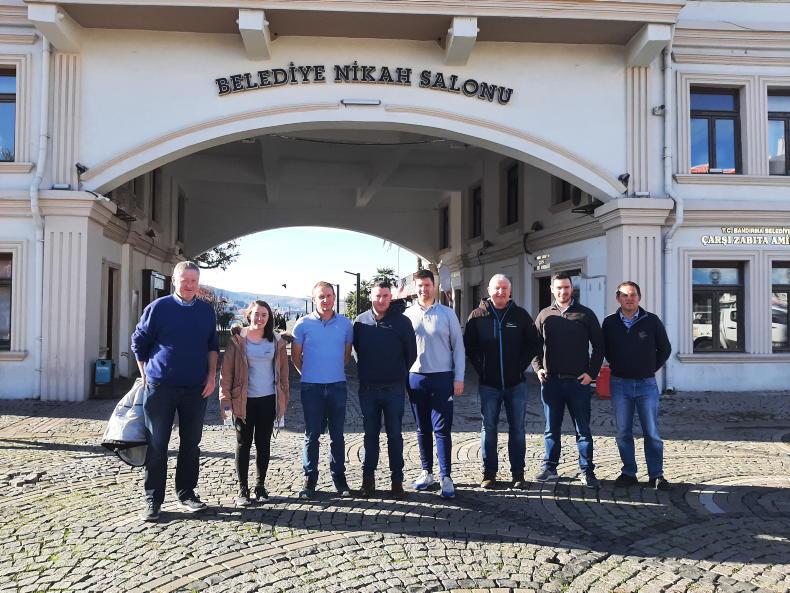
Members of the Irish EuroSheep project team including Tim Keady, Bríd McClearn, Seamus Fagan, Alan Bohan, Denis Brennan, Damian Costello, Ciaran Moran and Simon Byrne.
Sheep production is also an important farm enterprise. In the last 10 years, the Turkish national flock size has increased by 90% and currently there are 30m breeding females. There are in excess of 400,000 sheep and goat producers in the country.
As can be seen in Figure 1, there has been substantial growth in non-milking flocks since 2017. This has stemmed from a drive to improve self-sufficiency (increased demand also due to higher beef prices) and been achieved mainly through intensification in specialist production systems.
Mean flock size is 85. In Turkey sheep account for 25% and 5% of domestic meat and milk production, respectively. While little is spoken about Turkish sheep production, the vast size of their national flock needs to be put into context. Turkey has almost five million more breeding females than New Zealand, which is the second largest sheepmeat exporter in the world.
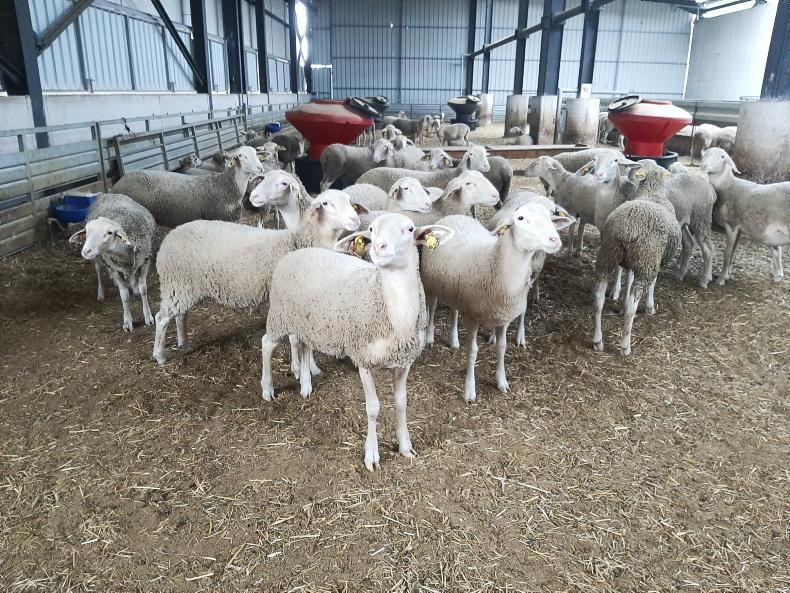
The Turkish sheep sector is a mixture of modern intensive indoor production systems and extensive outdoor shepherded flocks.
Ninty percent of Turkish sheep are used for meat production. In the most important sheep producing regions, lambs are slaughtered at between 50kg and 55kg.
Turkey produces 390,000t of sheepmeat annually. To put this in context Ireland produces 65,000t.
The domestic market in Turkey is important for sheepmeat, the mean consumption being 4.2kg per person. The highest sheepmeat demand is during the annual Eid Al Adha-feast.
The main export markets for Turkish sheepmeat, both live and in carcase form, are United Arab Emirates, Qatar, Dubai, Iraq and Syria.

Sheep account for 25% and 5% of domestic meat and milk production, respectively.
There are challenges to improving efficiency and expansion of sheep production, many of which are similar to other countries.
These challenges include organisation, marketing and commercialisation problems, barriers to technology acceptance, lack of technical support to producers, increased input costs, climate change and drought in recent years, to name a few.
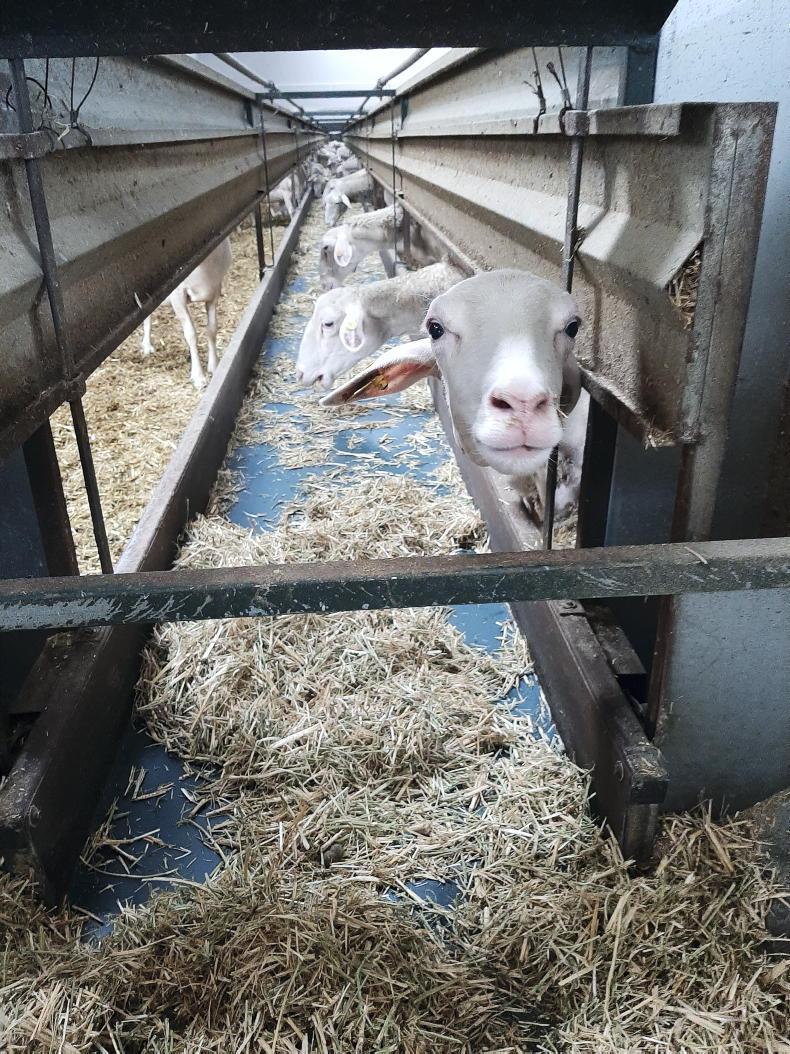
EID facilitates selection of replacements, automatic concentrate feeding in the parlour and milk recording.
Should these barriers to improving efficiency within the sheep sector be addressed Turkey would be a dominant nation in sheep production.
Systems of production
Whilst most sheep are managed in extensive and shepherded production systems, very intensive systems are also present. In extensive shepherded systems ewes lamb once annually, normally indoors, and are grazed extensively in a low input system. The flocks are accompanied by their shepherd 24 hours daily as they roam the rangelands grazing (similar to shared or commonage type grazing). There is little fencing, or confinement in Turkish grasslands.
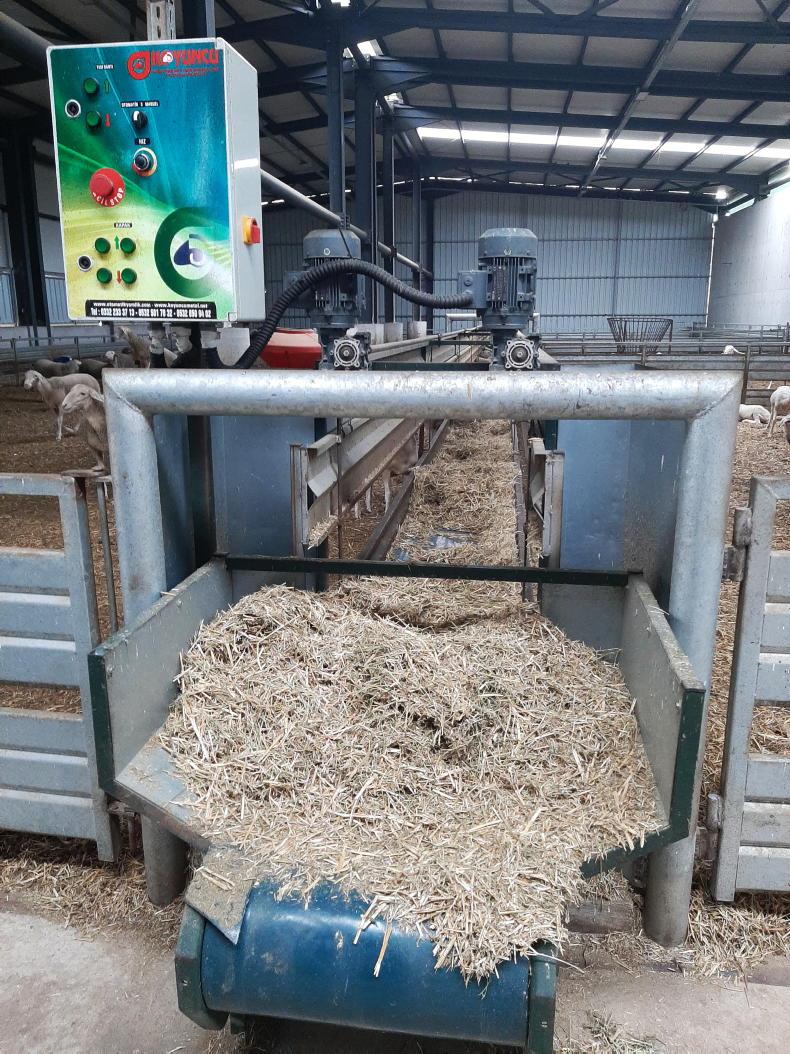
This conveyor belt feeding system maximises animal floor space and is filled at this end with a diet feeder.
In dairy sheep production, ewes are milked for approximately four months with manual milking being predominant. Mean lactation yield is approximately 90kg and the vast majority of the milk is processed into cheese at farm level.
Turkey produces over 200 types of cheese and the mean consumption is 8.8kg per person annually. While the majority of sheep milk is used to make cheese (90%), yoghurt and Ayran (yoghurt drink) are also popular.
Breeds of sheep
Sheep breeds in Turkey are different to the breeds present in Ireland. The majority of meat sheep are fat-tailed local breeds with Akkaraman being the most popular. Awassi and Chios are the main breeds used for milk production.
Dairy farm visit
The farm that we visited was an intensive indoor dairy system south of Bursa. The farm was just 7.5 hectares in size but employs four people and the ewes are housed full-time. This farm was established in 2019 with the purchase of 250 Lacaune ewes and 250 replacements from France.
Today there are 750 ewes on the farm. Ewes are housed fulltime and there is no grazing. During breeding ewes are synchronised and natural mating is practiced as previously pregnancy rate to AI was lower than desired.
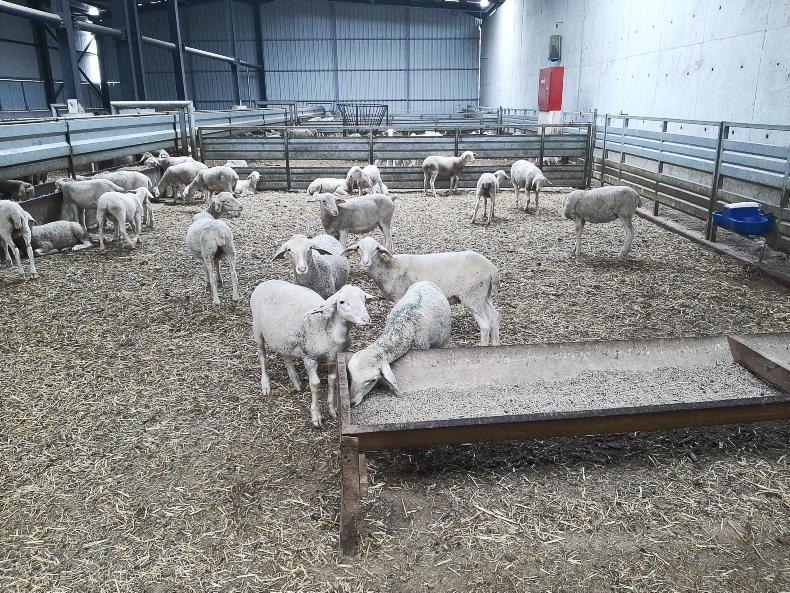
In indoor productions systems lambs are finished at an average of four months of age weighing 50kg to 55kg live and delivering heavy carcases in the region of 27kg.
Sheep lamb throughout the year thus resulting in a consistent supply of milk, which is sold on contract to a cheese manufacturer. Following lambing, lambs are EID tagged and removed from their dam to an artificial rearing unit. Lambs receive colostrum for three days and are then trained to an automatic milk feeder.

In dairy production systems lambs are reared artificially on milk replacer and then ad lib concentrates and forage supplementation.
The EID facilitates selection of replacements, automatic concentrate feeding in the parlour and milk recording. The ewes are milked twice daily in a 40 unit milking parlour. Mean lactation yield is 380 litres/ewe.
All feed is purchased, including alfalfa and grass hay, and concentrate. The ewes are divided into two groups, namely early to mid lactation and late lactation and pregnancy. The diets are offered daily by automatic feed dispensers.
Meat farm visit
The meat sheep farm we visited was an intensive indoor system which was established in 2016. The flock consisted of 700 ewes and 250 replacements, mainly Karacabey Merino and Île-de-France. Four people were employed on the farm.

Mean lactation yield is approximately 90kg and the vast majority of the milk is processed into cheese at farm level.
Ewes are joined with rams at 12 months and lamb three times every two years. Hormonal treatment is utilised to synchronise breeding and all ewes lamb indoors. The mean number of lambs reared per ewe lambing is 1.8 (equivalent to 2.7 lambs per ewe lambing annually).
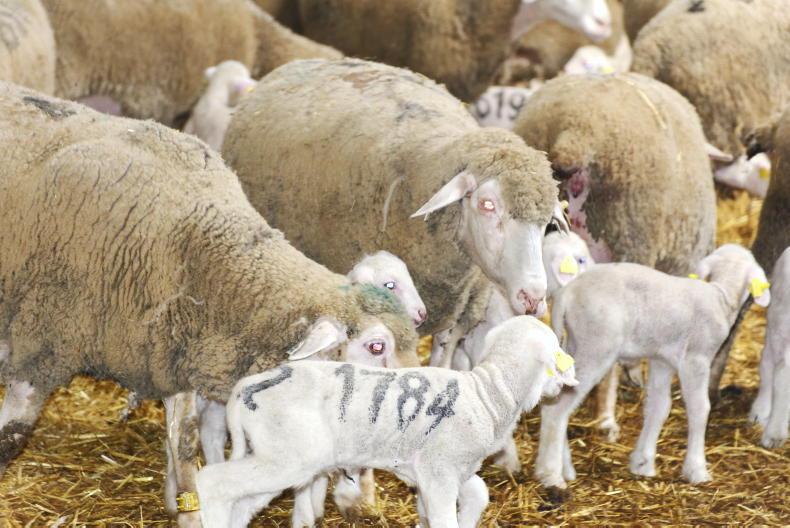
There has been a sharp increase in recent years in the number of sheep retained for meat production.
The ewes are offered diets containing alfalfa, grass hay, barley, and maize silage. The proportion of these ingredients in the diet varies depending on whether the ewes are lactating, dry or in mid to late pregnancy.
Diets are mixed in a TMR wagon and distributed throughout the sheds by automatic conveyor belt feeders. The belt feeders split pens similar to walk through feeders. Animals are restricted access while the conveyor is filling from one end and once complete access is granted again.
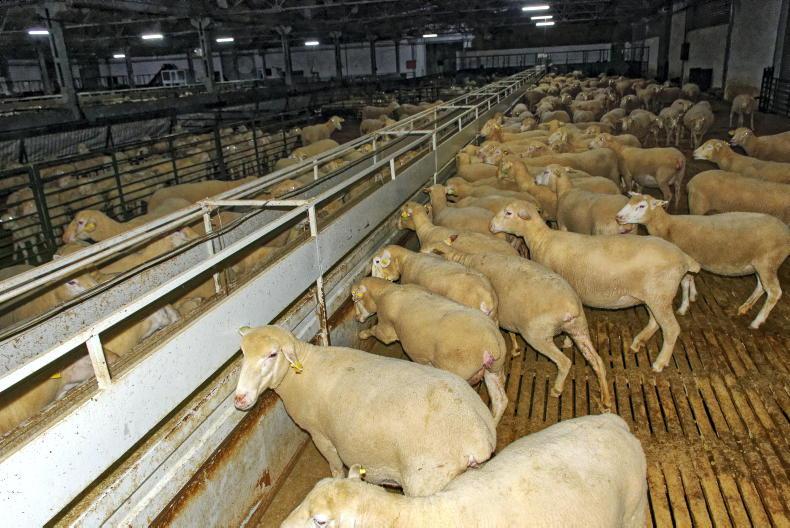
Feed barriers closed to prevent access to the feeding area while feed is being replenished.
Weaning occurred at approximately two months. Following weaning the lambs were offered concentrate ad libitum and hay until slaughter. Lambs are slaughtered at four months at a liveweight of 50kg to 52kg achieving a kill out percentage of 53% and carcase weight of 27kg.
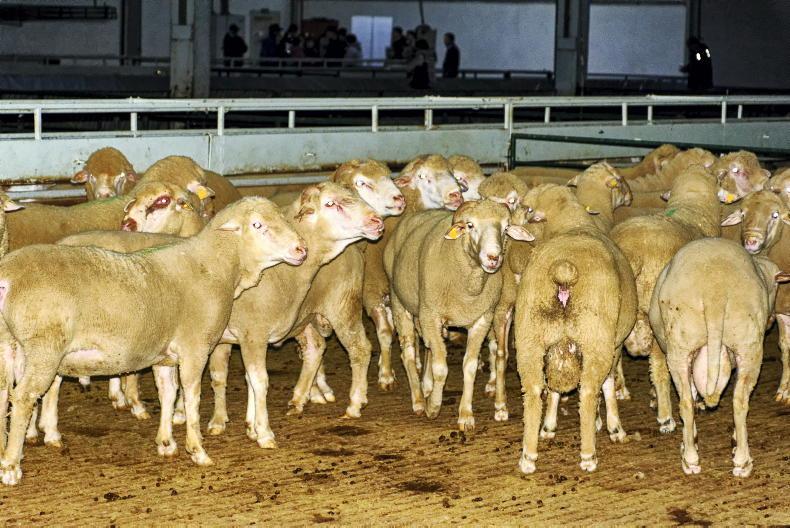
Natural mating was the main type of service on the farms visited with ewes synchronised with hormonal treatment.
Turkey has a major agriculture economy.There are more ewes in Turkey than New Zealand.While extensive shepherd systems are most common, very intensive housed systems exist.Should Turkey resolve a number of problems in their industry, they will be a major player in sheep production with many markets available nearby.Drs Tim Keady and Brid McClearn work at the Animal and Grassland Research and Innovation Centre, Teagasc, Athenry, Co Galway.
Recently we had the opportunity to visit Turkey as national coordinator and project manager of the EuroSheep project.
EuroSheep is an EU funded project with the aim of exchanging knowledge and experience to improve sheep nutrition, health and management, thus flock profitability.
EuroSheep involves the six main EU sheep producing countries (Ireland, France, Greece, Hungary, Italy, Spain) and Turkey and the UK. Delegates from each of these countries were present.
Turkey – at the crossroads
Turkey is one of the major agricultural economies in the world. Geographically, Turkey is at one of the most important crossroads in the world linking Europe and Asia, and the Black and Mediterranean seas via the Bosphorus Strait. Turkey is an important producer of agricultural commodities. Globally it is a major producer of fruit (e.g apricots, cherries, strawberries), vegetables (eg leeks, cucumbers, tomatoes, beans, spinach), nuts, figs, grapes, tobacco, wheat, barley, sugar beet and milk.

Members of the Irish EuroSheep project team including Tim Keady, Bríd McClearn, Seamus Fagan, Alan Bohan, Denis Brennan, Damian Costello, Ciaran Moran and Simon Byrne.
Sheep production is also an important farm enterprise. In the last 10 years, the Turkish national flock size has increased by 90% and currently there are 30m breeding females. There are in excess of 400,000 sheep and goat producers in the country.
As can be seen in Figure 1, there has been substantial growth in non-milking flocks since 2017. This has stemmed from a drive to improve self-sufficiency (increased demand also due to higher beef prices) and been achieved mainly through intensification in specialist production systems.
Mean flock size is 85. In Turkey sheep account for 25% and 5% of domestic meat and milk production, respectively. While little is spoken about Turkish sheep production, the vast size of their national flock needs to be put into context. Turkey has almost five million more breeding females than New Zealand, which is the second largest sheepmeat exporter in the world.

The Turkish sheep sector is a mixture of modern intensive indoor production systems and extensive outdoor shepherded flocks.
Ninty percent of Turkish sheep are used for meat production. In the most important sheep producing regions, lambs are slaughtered at between 50kg and 55kg.
Turkey produces 390,000t of sheepmeat annually. To put this in context Ireland produces 65,000t.
The domestic market in Turkey is important for sheepmeat, the mean consumption being 4.2kg per person. The highest sheepmeat demand is during the annual Eid Al Adha-feast.
The main export markets for Turkish sheepmeat, both live and in carcase form, are United Arab Emirates, Qatar, Dubai, Iraq and Syria.

Sheep account for 25% and 5% of domestic meat and milk production, respectively.
There are challenges to improving efficiency and expansion of sheep production, many of which are similar to other countries.
These challenges include organisation, marketing and commercialisation problems, barriers to technology acceptance, lack of technical support to producers, increased input costs, climate change and drought in recent years, to name a few.

EID facilitates selection of replacements, automatic concentrate feeding in the parlour and milk recording.
Should these barriers to improving efficiency within the sheep sector be addressed Turkey would be a dominant nation in sheep production.
Systems of production
Whilst most sheep are managed in extensive and shepherded production systems, very intensive systems are also present. In extensive shepherded systems ewes lamb once annually, normally indoors, and are grazed extensively in a low input system. The flocks are accompanied by their shepherd 24 hours daily as they roam the rangelands grazing (similar to shared or commonage type grazing). There is little fencing, or confinement in Turkish grasslands.

This conveyor belt feeding system maximises animal floor space and is filled at this end with a diet feeder.
In dairy sheep production, ewes are milked for approximately four months with manual milking being predominant. Mean lactation yield is approximately 90kg and the vast majority of the milk is processed into cheese at farm level.
Turkey produces over 200 types of cheese and the mean consumption is 8.8kg per person annually. While the majority of sheep milk is used to make cheese (90%), yoghurt and Ayran (yoghurt drink) are also popular.
Breeds of sheep
Sheep breeds in Turkey are different to the breeds present in Ireland. The majority of meat sheep are fat-tailed local breeds with Akkaraman being the most popular. Awassi and Chios are the main breeds used for milk production.
Dairy farm visit
The farm that we visited was an intensive indoor dairy system south of Bursa. The farm was just 7.5 hectares in size but employs four people and the ewes are housed full-time. This farm was established in 2019 with the purchase of 250 Lacaune ewes and 250 replacements from France.
Today there are 750 ewes on the farm. Ewes are housed fulltime and there is no grazing. During breeding ewes are synchronised and natural mating is practiced as previously pregnancy rate to AI was lower than desired.

In indoor productions systems lambs are finished at an average of four months of age weighing 50kg to 55kg live and delivering heavy carcases in the region of 27kg.
Sheep lamb throughout the year thus resulting in a consistent supply of milk, which is sold on contract to a cheese manufacturer. Following lambing, lambs are EID tagged and removed from their dam to an artificial rearing unit. Lambs receive colostrum for three days and are then trained to an automatic milk feeder.

In dairy production systems lambs are reared artificially on milk replacer and then ad lib concentrates and forage supplementation.
The EID facilitates selection of replacements, automatic concentrate feeding in the parlour and milk recording. The ewes are milked twice daily in a 40 unit milking parlour. Mean lactation yield is 380 litres/ewe.
All feed is purchased, including alfalfa and grass hay, and concentrate. The ewes are divided into two groups, namely early to mid lactation and late lactation and pregnancy. The diets are offered daily by automatic feed dispensers.
Meat farm visit
The meat sheep farm we visited was an intensive indoor system which was established in 2016. The flock consisted of 700 ewes and 250 replacements, mainly Karacabey Merino and Île-de-France. Four people were employed on the farm.

Mean lactation yield is approximately 90kg and the vast majority of the milk is processed into cheese at farm level.
Ewes are joined with rams at 12 months and lamb three times every two years. Hormonal treatment is utilised to synchronise breeding and all ewes lamb indoors. The mean number of lambs reared per ewe lambing is 1.8 (equivalent to 2.7 lambs per ewe lambing annually).

There has been a sharp increase in recent years in the number of sheep retained for meat production.
The ewes are offered diets containing alfalfa, grass hay, barley, and maize silage. The proportion of these ingredients in the diet varies depending on whether the ewes are lactating, dry or in mid to late pregnancy.
Diets are mixed in a TMR wagon and distributed throughout the sheds by automatic conveyor belt feeders. The belt feeders split pens similar to walk through feeders. Animals are restricted access while the conveyor is filling from one end and once complete access is granted again.

Feed barriers closed to prevent access to the feeding area while feed is being replenished.
Weaning occurred at approximately two months. Following weaning the lambs were offered concentrate ad libitum and hay until slaughter. Lambs are slaughtered at four months at a liveweight of 50kg to 52kg achieving a kill out percentage of 53% and carcase weight of 27kg.

Natural mating was the main type of service on the farms visited with ewes synchronised with hormonal treatment.
Turkey has a major agriculture economy.There are more ewes in Turkey than New Zealand.While extensive shepherd systems are most common, very intensive housed systems exist.Should Turkey resolve a number of problems in their industry, they will be a major player in sheep production with many markets available nearby.Drs Tim Keady and Brid McClearn work at the Animal and Grassland Research and Innovation Centre, Teagasc, Athenry, Co Galway.
















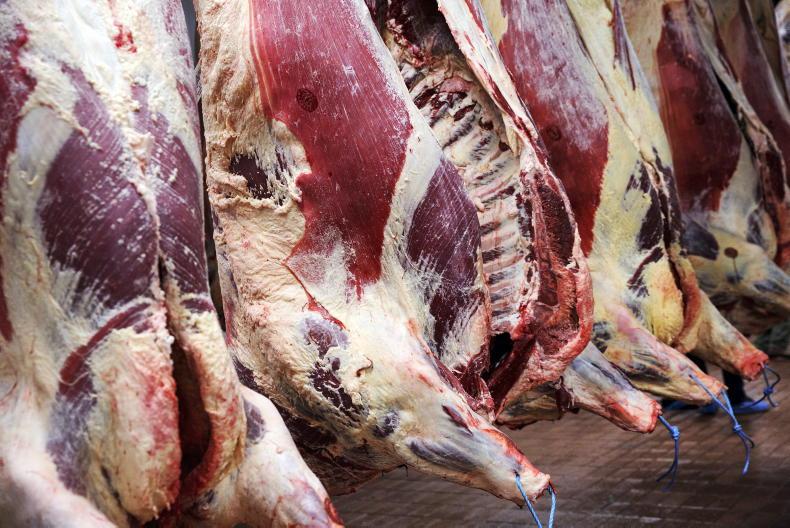

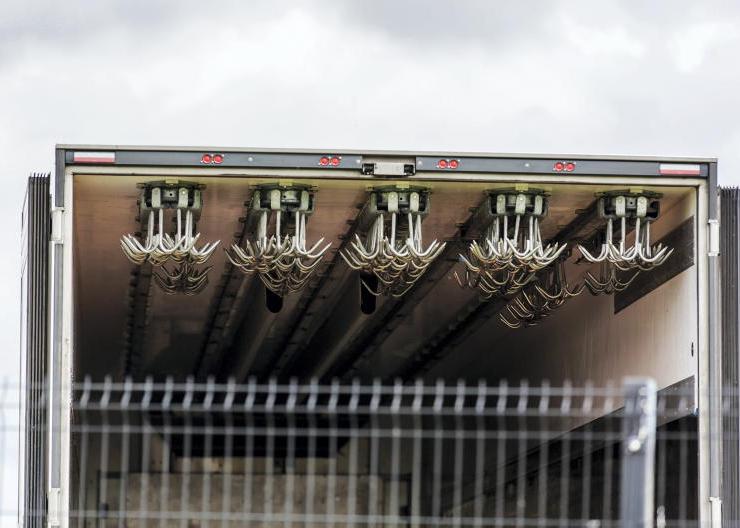
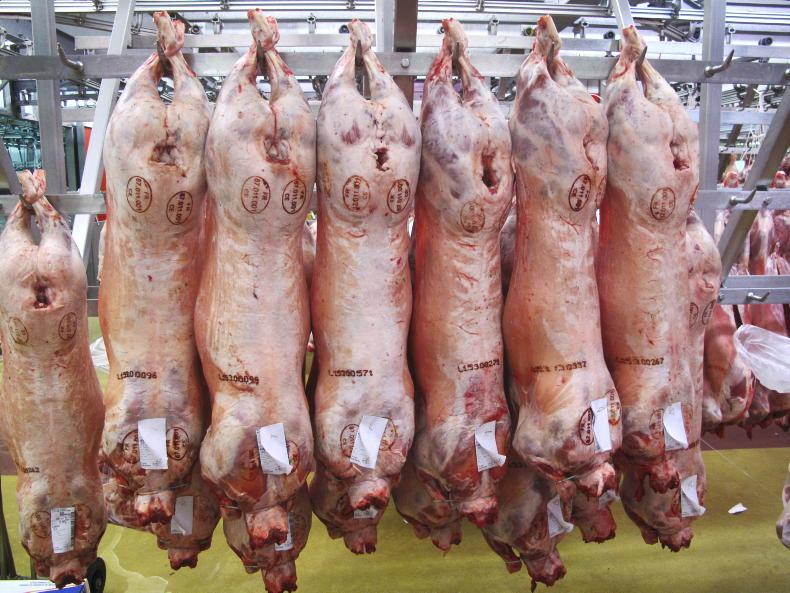

SHARING OPTIONS